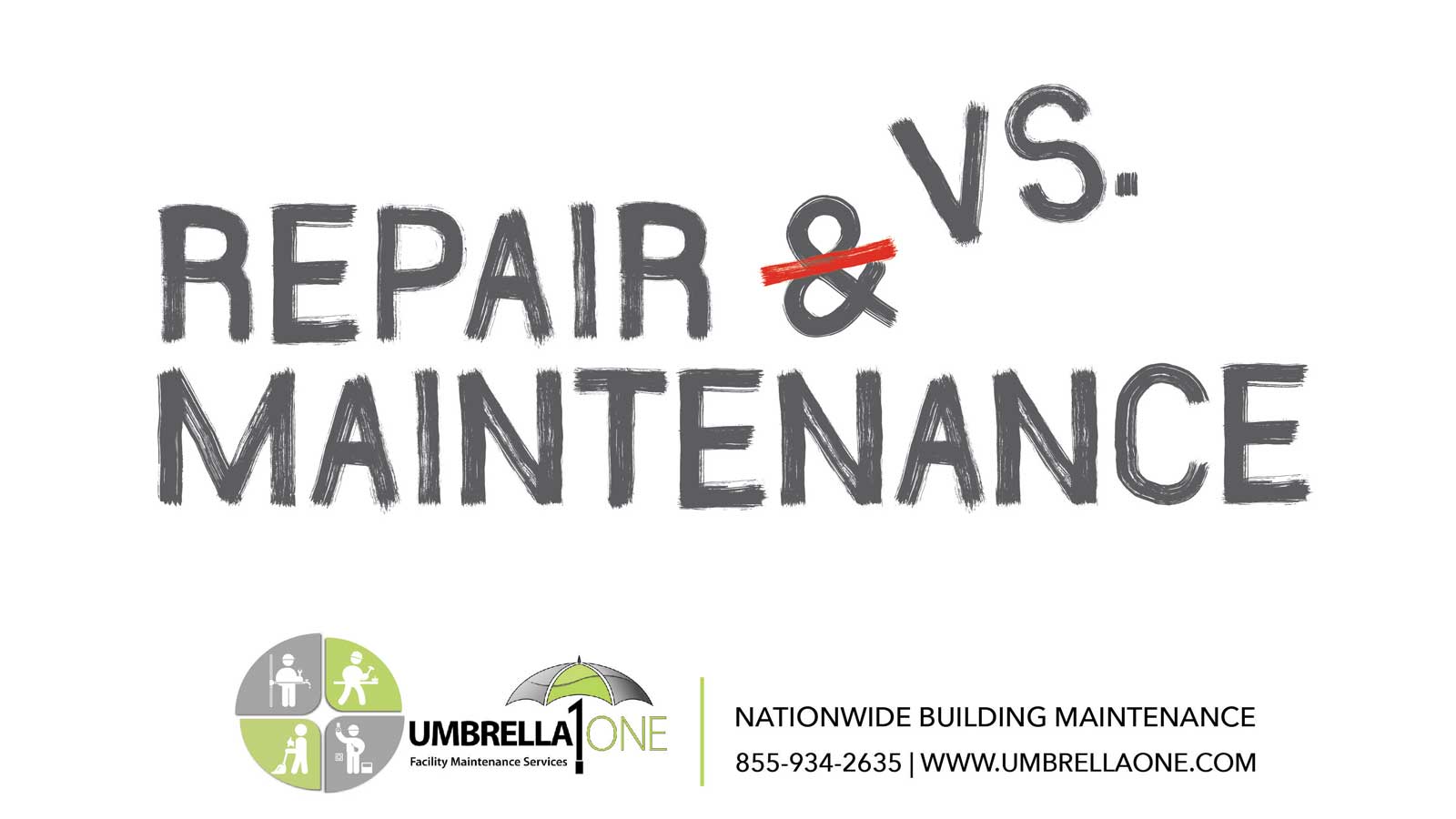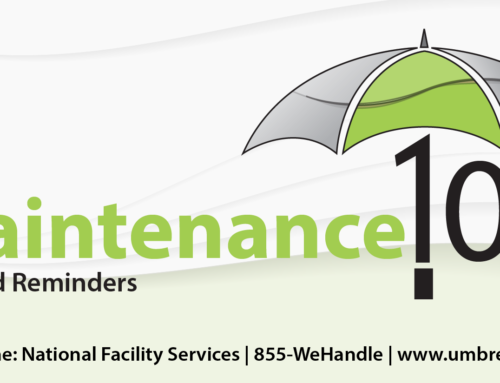Maintenance vs. Repairs: Complementary, But Different & Equally Necessary.
Our lives move fast, so we tend to lean into being more reactive and only focus on fixing things only when they break down. However, for the preservation and performance of our brick-and-mortar locations, maintenance should hold an equally significant role alongside repair. The two separate tasks will save time, money, and the possibility of inconvenience.
Maintenance involves proactive efforts to prevent problems while minimizing wear and tear on your real estate assets. By developing routine preventative maintenance programs, we plan the necessary steps to ensure consistent aesthetics and performance of buildings and tenant spaces. This involves conducting inspections to review current conditions proactively, ideally BEFORE THEY FAIL. The goal is to safeguard against a decline in company standards and safety while addressing small defects before they grow larger.
The Benefits of Maintenance:
- Cost savings: Regular maintenance can help identify and address minor issues before they escalate into expensive repairs. By investing in routine upkeep, we avoid larger and more costly fixes down the line.
- Enhanced performance: Regular maintenance protects the initial investment and long-term performance of the asset.
- Safety and reliability: By regularly maintaining equipment, we reduce the risk of sudden failures, malfunctions, or accidents, promoting safety and reliability in our daily lives.
- Prolonged lifespan: Regular maintenance prolongs the lifespan of our possessions, saving us from premature replacements and reducing waste.
Repair projects address the unexpected and come into play when problems arise spontaneously. Repairs are reactive and involve returning a condition to its desired state. Whether it is damaged drywall, a defective water heater, or something much more significant, the goal is to return the condition to your company’s standard.
The Importance of Repair:
- Immediate problem-solving: Not all repairs are urgent, but having the protocol to both identify the issue and have a conscious plan for how/when to resolve it, regardless of the timeline, are key characteristics of an effective building repair program.
- Repair vs. replacement assessments. An accurate determination of the remaining useful life of equipment while factoring in the commitment to occupying the premises is a contributor to reducing wasteful spending. Fix what you can if a lease expiration or vacating of the space is imminent.
- Repairs can lead to learning. Repair work provides the chance to analyze the causes and understand how to prevent similar problems in the future. There is the potential to educate employees on what behaviors may reduce or eliminate these concerns going forward.
The optimal approach to managing properties is to strike a balance between maintenance and repair. By instituting sensible, results-driven maintenance programs, we are actively working to reduce the odds of uncontrollable damage and subsequent repairs. To quote Denis Waitley, “Doing something is better than nothing.”


